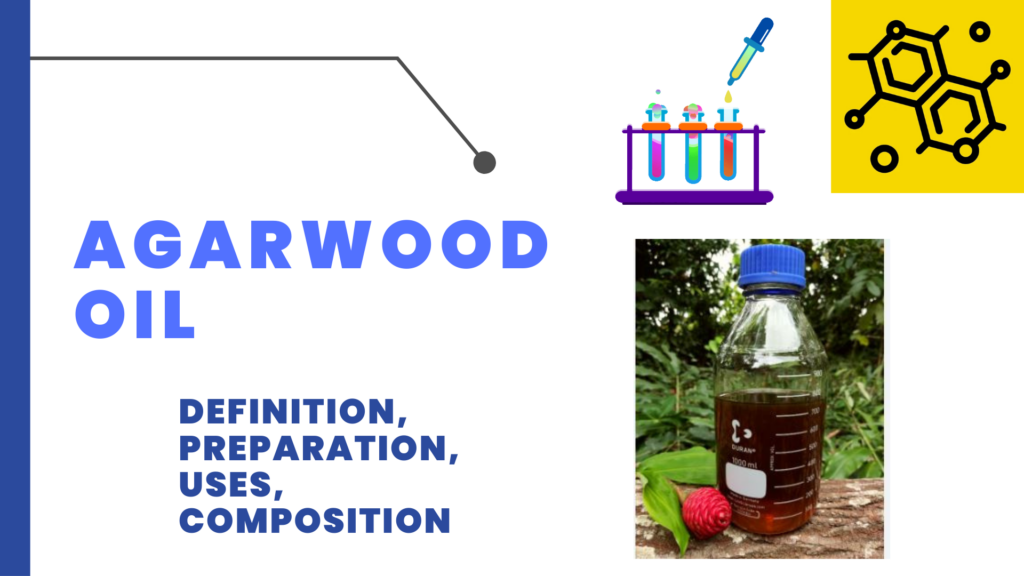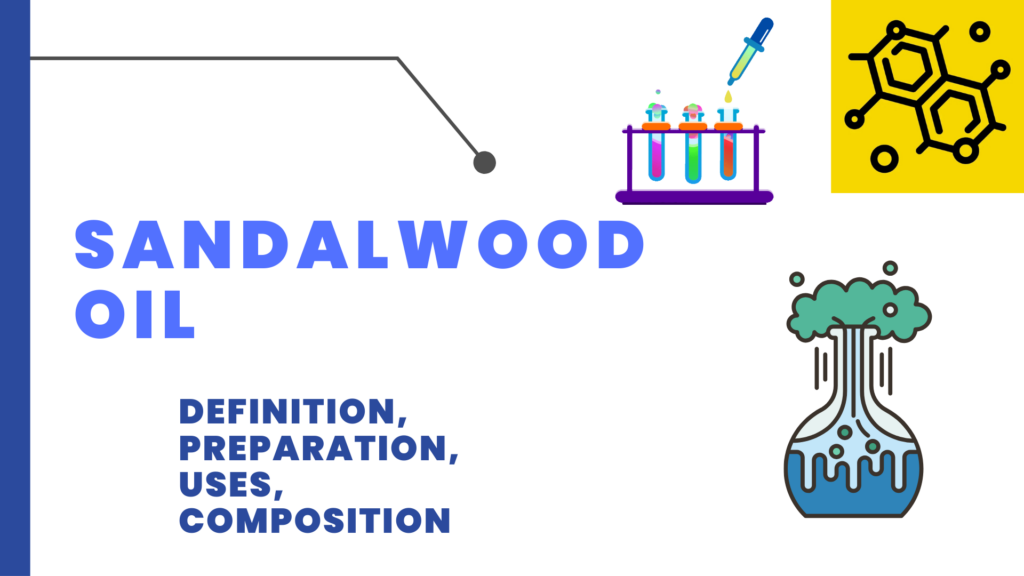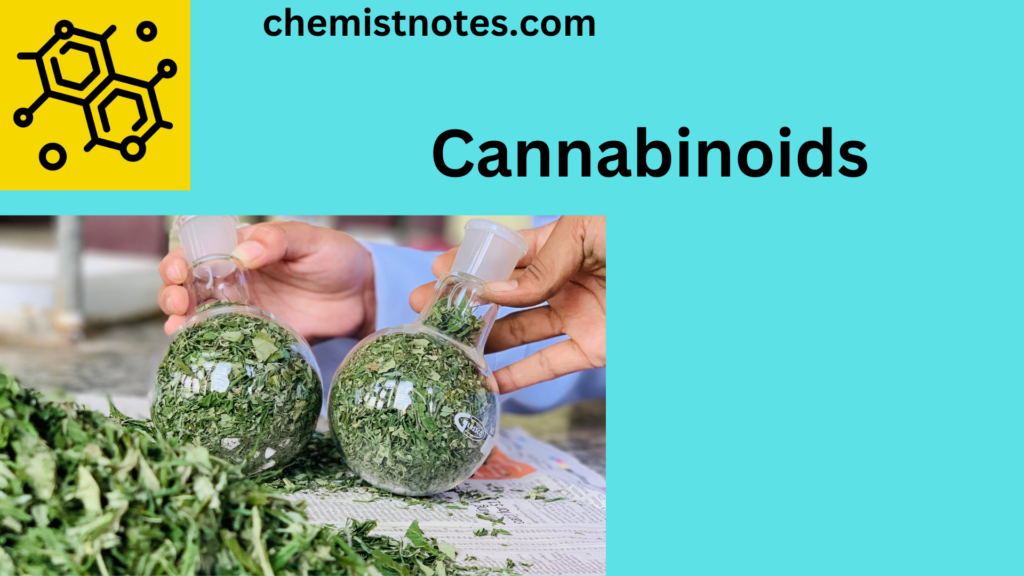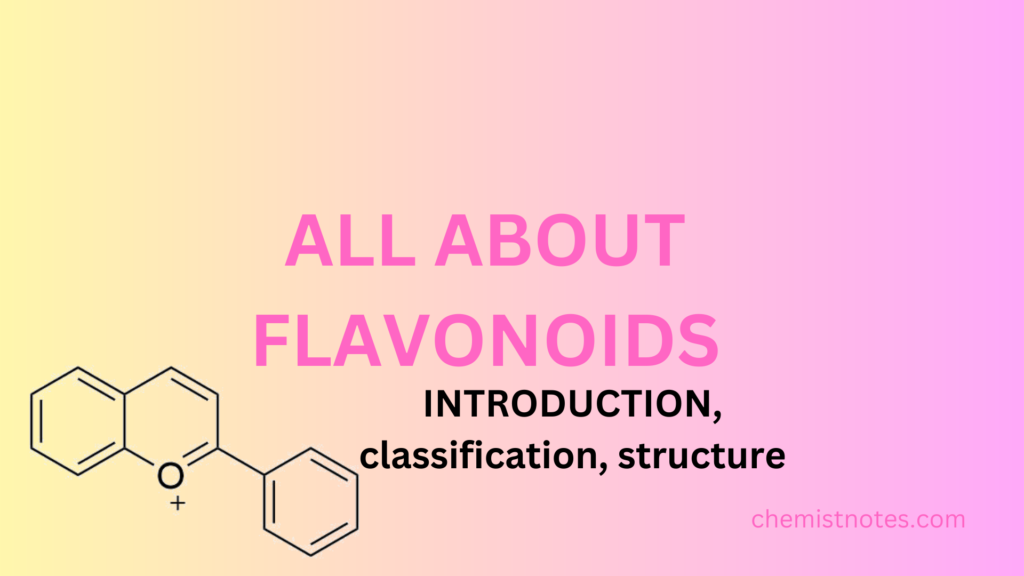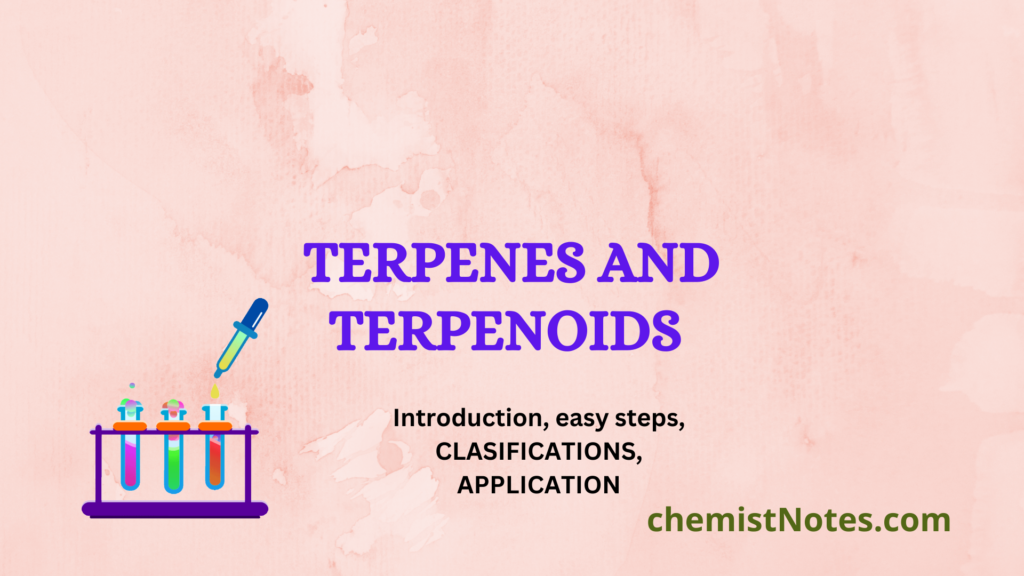Table of Contents
ToggleEssential oil are the concentrated hydrophobic liquid which is made up of chemical components from plants that are volatile (quickly evaporate at room temperature). Other names for essential oils include volatile oils, ethereal oils, aetheroleum, or just the oil of the plant from which they were derived, such oil of clove. In the sense that it carries the essence of the plant’s aroma the distinctive aroma of the plant from which it is derived an essential oil is essential.
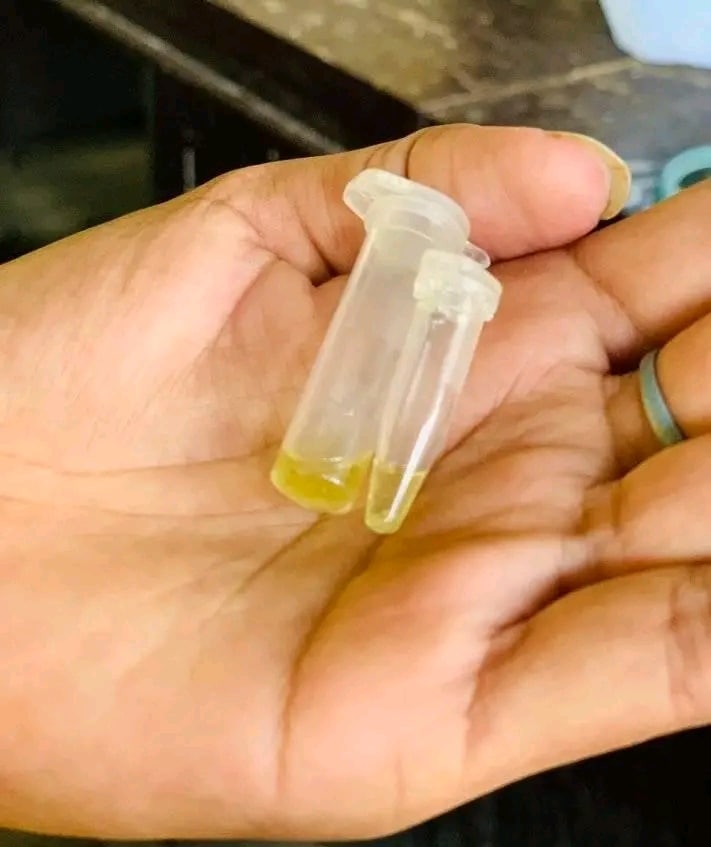
Essential oil definition
The word “essential” as used in this context does not suggest that it is indispensable or that it may be utilised by the body in the same way as the words “essential amino acid” or “essential fatty acid,” which are so named because they are nutritionally necessary to a live organism, do.
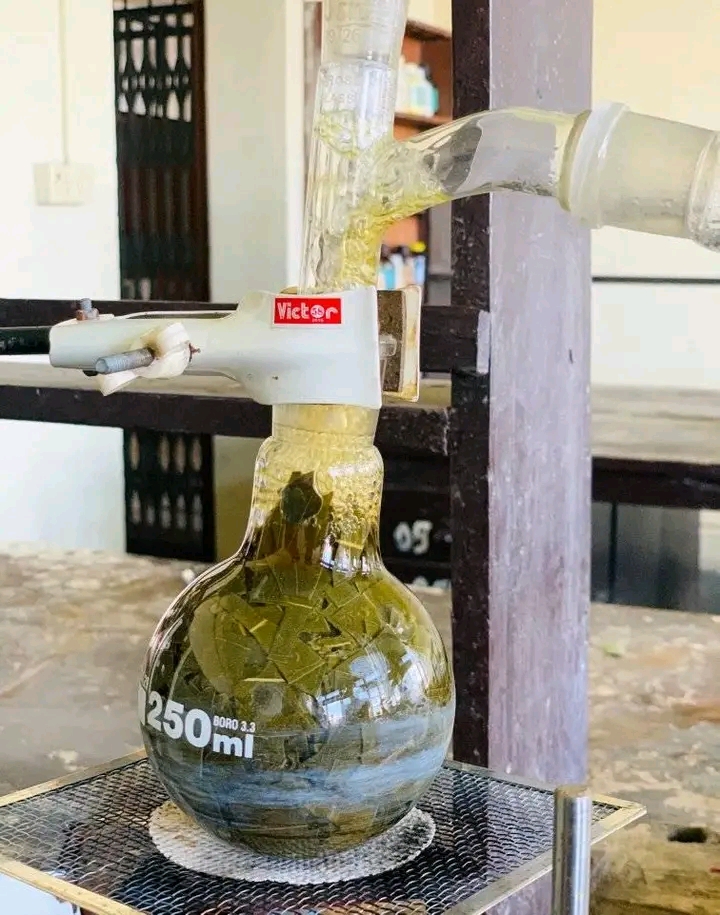
History of essential oil
The first accounts of essential oils originate from ancient India, Persia, and Egypt. Greece and Rome also engaged in considerable commerce with the nations of the Orient in odoriferous oils and ointments. These goods were most likely extracts made by soaking flowers, roots, and leaves in fatty oils.
Chemical components present in Essential oil
These volatile substances come from a variety of chemical groups, including alcohols, ethers or oxides, aldehydes, ketones, esters, amines, amides, phenols, heterocycles, and terpenes, which account for the majority of them.
Methods of preparation of essential oil
Traditional techniques for processing essential oils are still widely utilized across the world and are of considerable value. The oldest and most often used techniques include water distillation, water and steam distillation, steam distillation, cohobating, maceration, and enfleurage. When the oil production from distillation is low, maceration is flexible. For materials that are pricey, fragile, and thermally unstable, such as jasmine, tuberose, and hyacinth, solvent extraction is a better option than distillation procedures for items like powdered almonds, rose petals, and rose flowers.
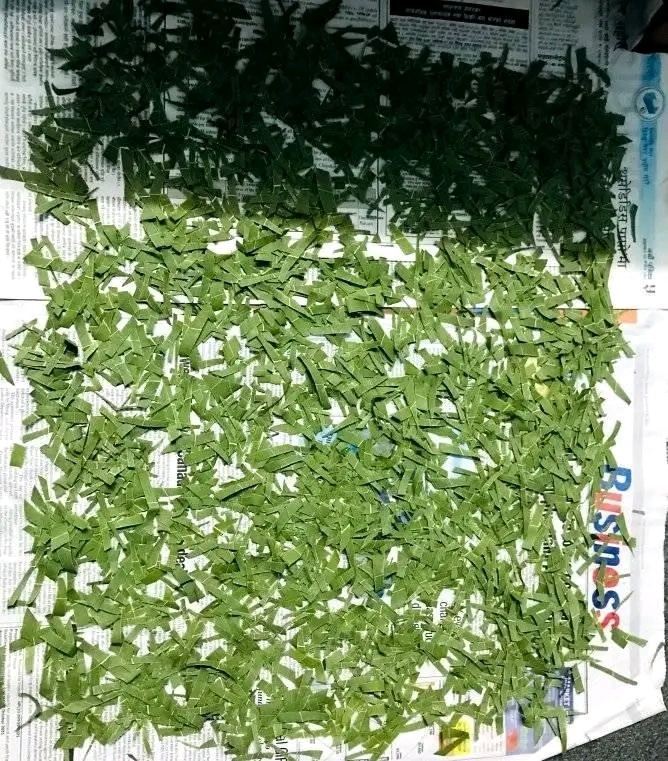
In order to distinguish between the three methods of hydrodistillation, the essential oil business has devised terminology: water distillation, water and steam distillation, and direct steam distillation.

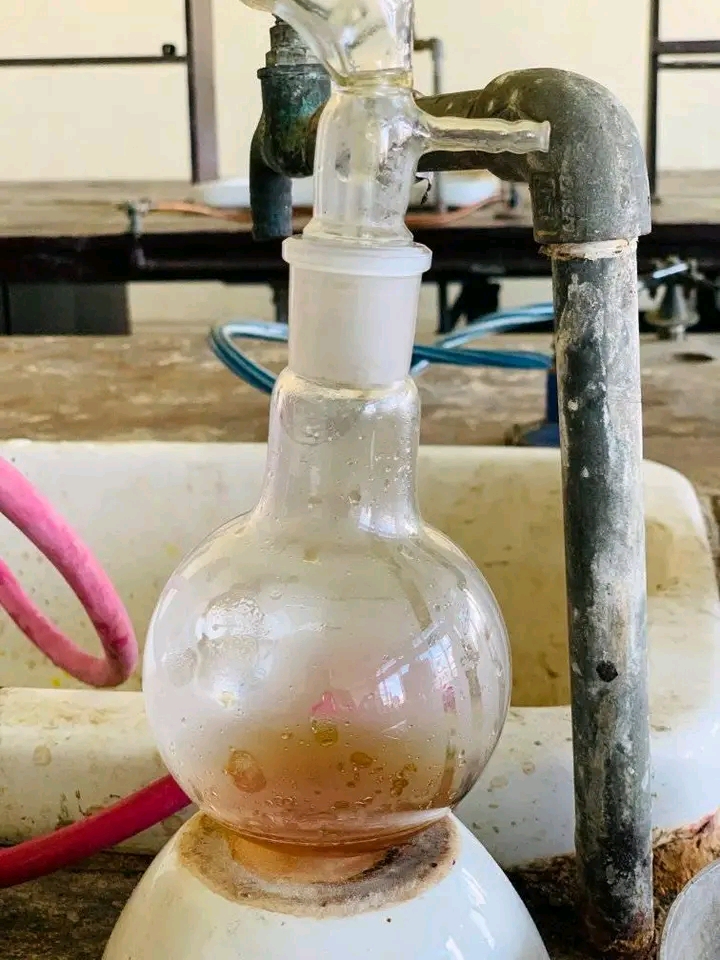
Ingredients of essential oil
The primary elements in essential oils are derivatives of terpenoid and phenylpropanoid compounds. Terpenoids make up around 80% of the essential oils in the majority of plants. But the essential oils have strong taste, odor, and piquant properties thanks to the presence of phenylpropanoid derivatives.
Example of essential oil
- lavender.
- peppermint.
- tea tree.
- lemon.
- sweet orange.
- eucalyptus.
- orange.
- chamomile.
Reliable uses
Boost your mood.
Boost work performance by lowering stress and improving focus.
Boost your sleep.
obliterate viruses, fungi, and bacteria.
lessen your pain and worry.
cut the inflammation.
decrease nausea.
headache relief.
Adulteration in essential oil
In order to commit an edible oil scam, the buyer must often be misled about the type, content, or quality of the oil being requested. The offense falls under the category of adulteration, which often entails mixing pure edible oil with less expensive oil. Adulteration is the process of reducing a drug’s quality by mixing it with another substance. When an essential oil is adulterated, it indicates that during manufacture, a natural or synthetic component was introduced, rendering the original oil less pure and of inferior quality.
Causes of Adulteration
Adulteration primarily serves the commercial objective of changing the quality of food goods. Such acts often involve adding undeclared ingredients to increase weight or volume and replacing the food with something of lower quality or lesser worth.
Essential oil Vs Carrier oil
Carrier oils are oils made from plant seeds or nuts. They are distinct from essential oils, which are extracted from a plant’s fragrant parts like its flowers or roots. Before you may utilize essential oils on the body safely, a carrier oil must “carry” them through dilution.
Simple terminology for “carrier” oils include “base” and “fixed” oils, which are neutral oils with little or no aroma and are used to dilute essential oils and “carry” them into the skin. In other words, they enable pure essential oils to be absorbed and make them safe for usage.

